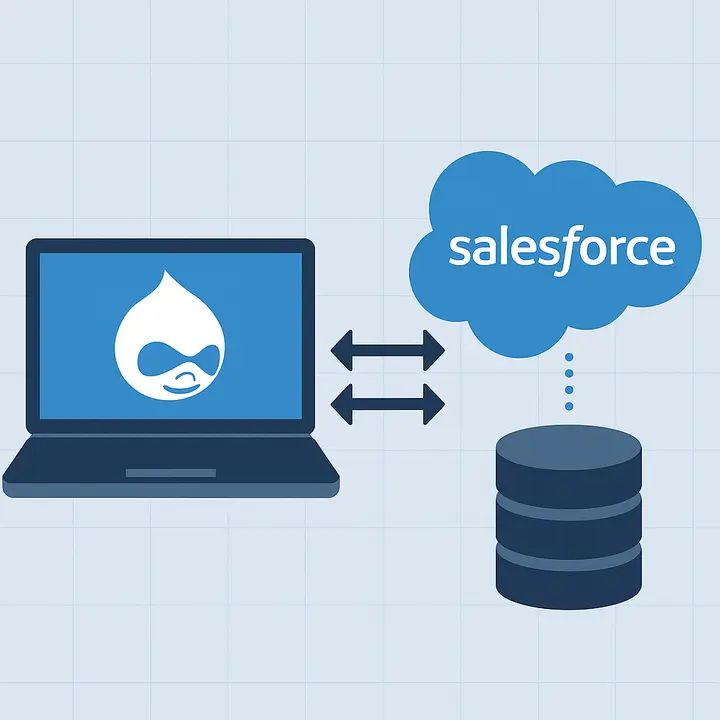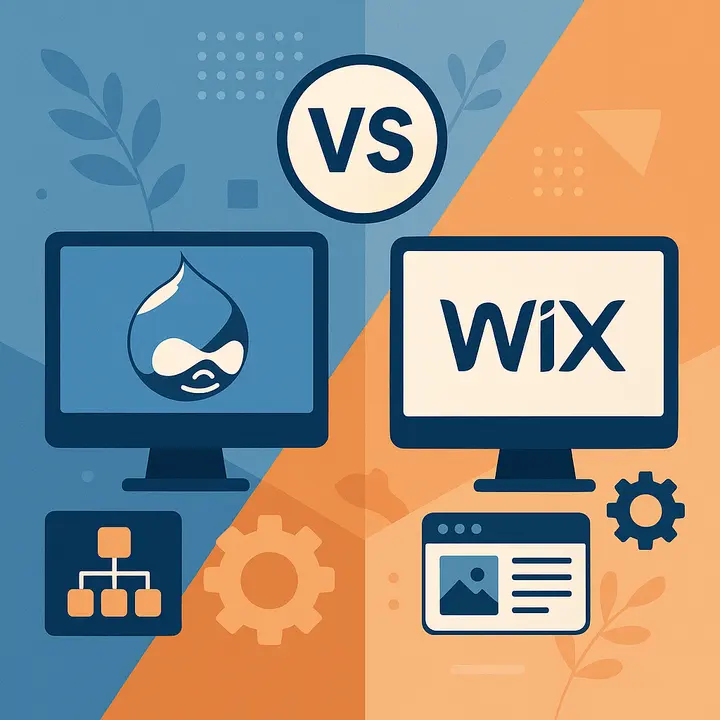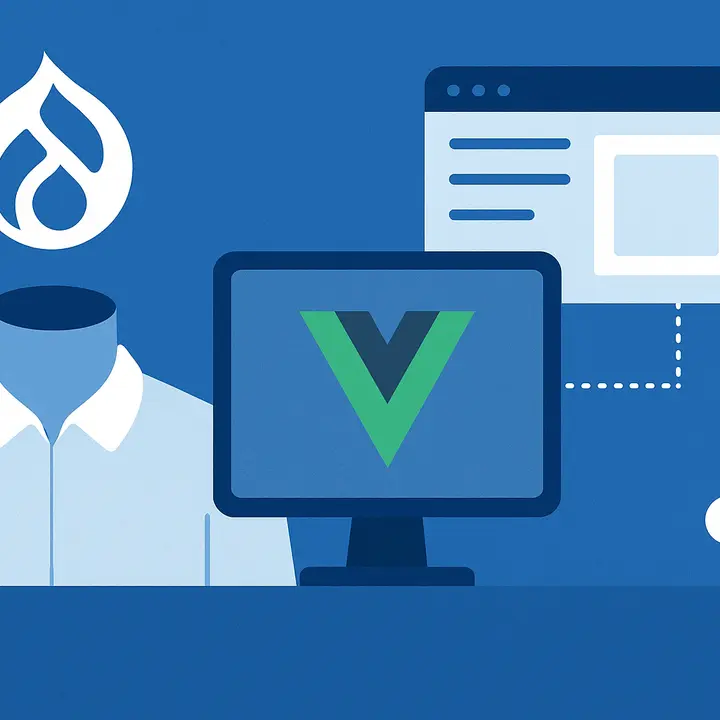Building a Minimum Viable Product
Before beginning your exciting journey into the world of a Minimum Viable Product, it is crucial to understand which steps you are going to pass. Let’s review the core principle of how to build an MVP.
Step 1. Conduct detailed market research.
There is no point in spending time & budget on a product that already exists. An in-depth analysis of the market, understanding of your target audience & evaluation of the competitors help to prevent such issues.
Step 2. Estimate the product value to its users.
It is crucial to understand what problem your product can solve and how many people can benefit from this solution. Before starting with the development process of an MVP, you need to ensure that this product will be in demand.
Step 3. Design your MVP with user behavior and user experience in mind.
A thorough design process is crucial for the development of a successful MVP. Create user maps, and think about what users want to see on your website/product. Create a minimum-step navigation towards the main objective.
Step 4. The development process.
Entrust a reliable web development agency with your MVP building, concentrate on your business goals, and forget about the fuss of the technical process forever.
Step 5. Launch Minimum Viable Product.
Simple as it is, launch your product. Good luck!
Step 6. Gather feedback and incorporate it in the next iteration.
Carefully gather all the feedback, as well as review the market & competitors once again. After that, you will be ready to plan your next iteration, decide on which new features to incorporate next, and how to solve the users' pain points.
Major mistakes of MVP development
Let’s review some major mistakes to avoid during an MVP development.
- Developing a product with full functionality.
Requiring a bug-free product with full functionality is a key mistake, as it opposes the nature of a Minimum Viable Product. As a product owner, you should consider in detail what features to include in an MVP and at what stage, so your business can gain advantages while creating an independent product.
- Neglecting market research.
Starting the development process without proper market & competitor research is always a bad idea. Before investing money into a product, it is crucial to analyze the market, target audience, customer expectations, and competitors. Thus, you’ll avoid the risk of launching an unnecessary MVP or drawing in the pool of competitors.
Answer the following question when conducting market research:
- What is the end goal of my product?
- Which end-user’s pain points will my product solve and how?
- How will I make revenue from the product?
- How do my competitors run the business and solve users’ pain points?
- Is there market demand for my product?
- Ignoring user experience and feedback.
User feedback is the most crucial point to consider when building a Minimum Viable Product. Users’ pain points, as well as their needs and expectations, should be always kept in mind when developing an MVP. Gather user feedback at every stage of your development cycle and incorporate changes to your product accordingly.
- Simplifying a product too much.
Along with the desire to build a full product, over-focusing on functionality & feature simplification might also cause problems. You might end up with a product that is useless for the target audience.
- Choosing the wrong software or technology for your product.
Last but not least: considering and choosing the right software for your product directly influences business future success and eliminates the risk of potential issues, including but not limited to operational inefficiencies, increased costs, violated security, or limited scalability. Talking about website development, the right choice of Content Management System (CMS) or framework not only streamlines processes but also enhances user experience, increases customer satisfaction rates, and facilitates overall business operations.
Drupal is a robust and highly secure CMS used by enterprises worldwide. Learn why to choose Drupal for MVP website development.





